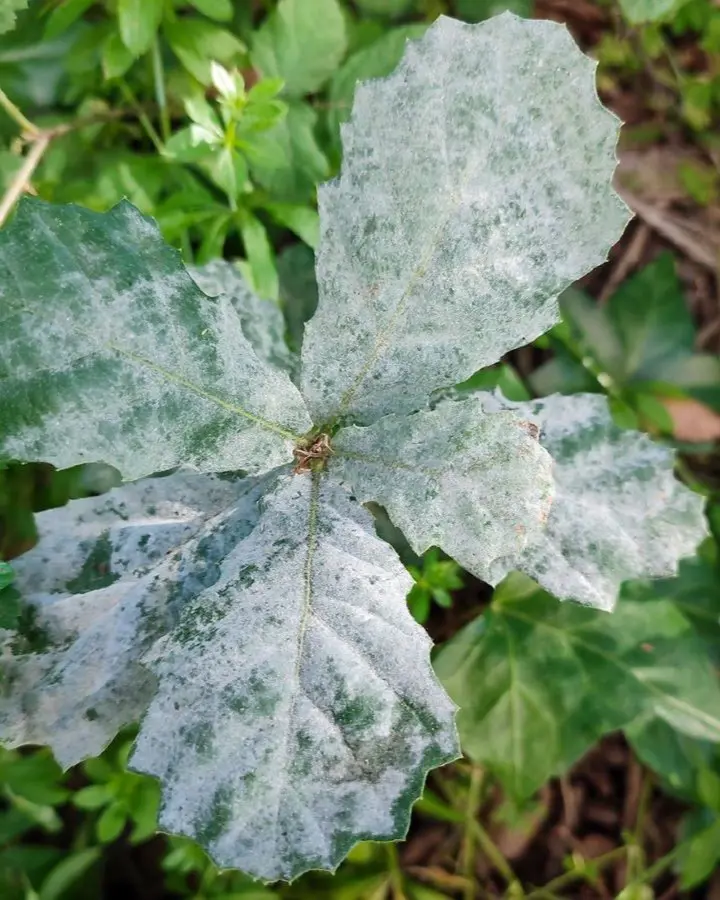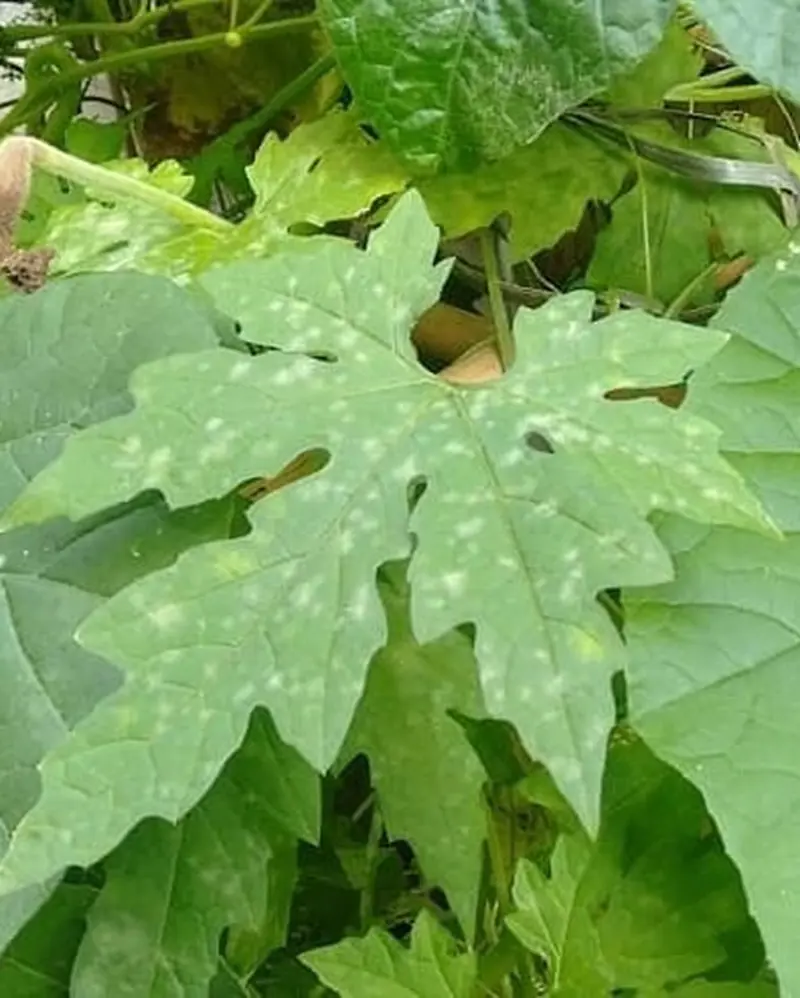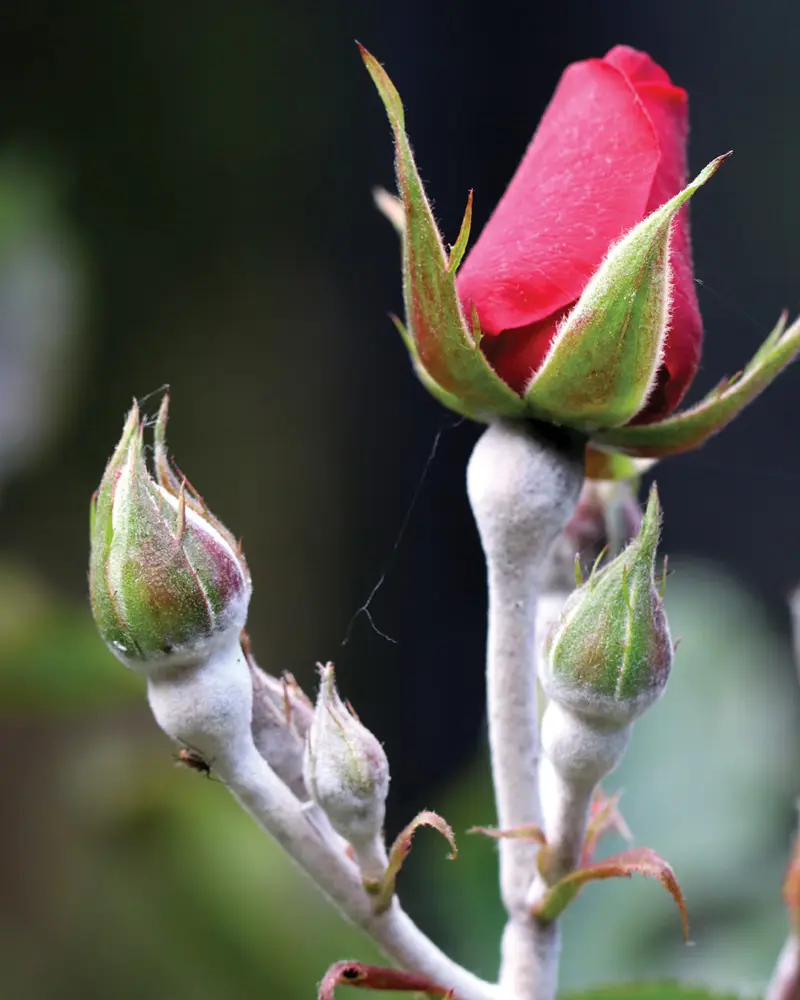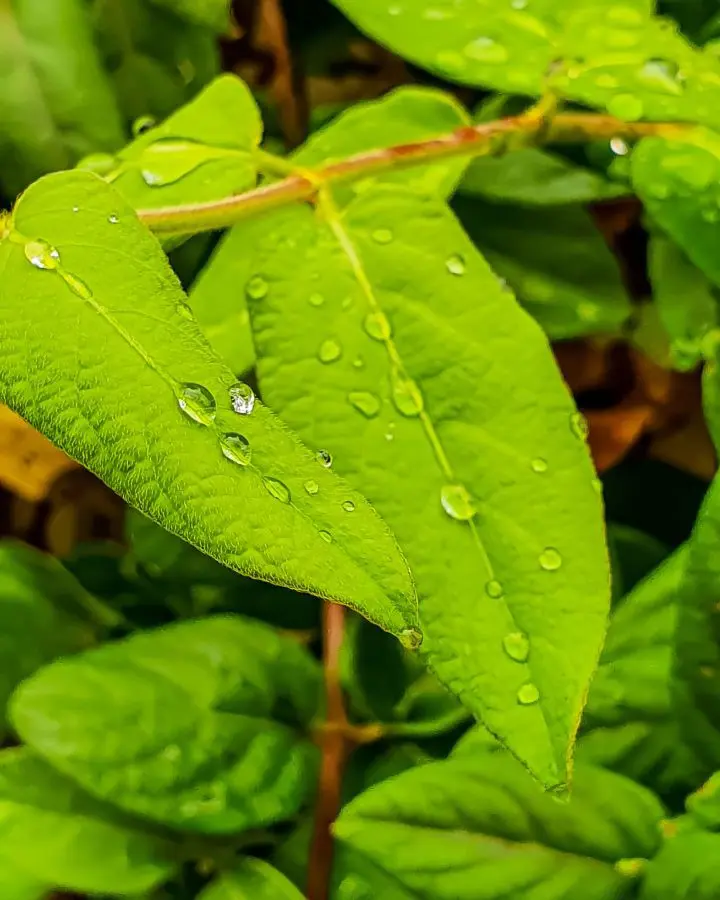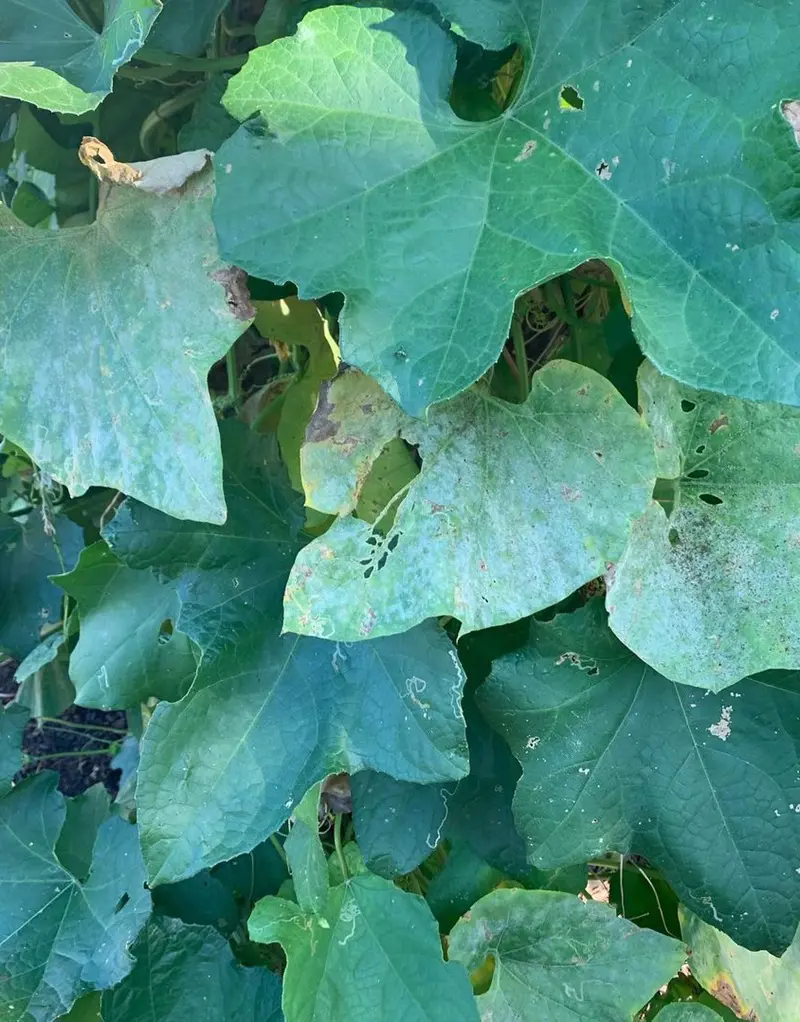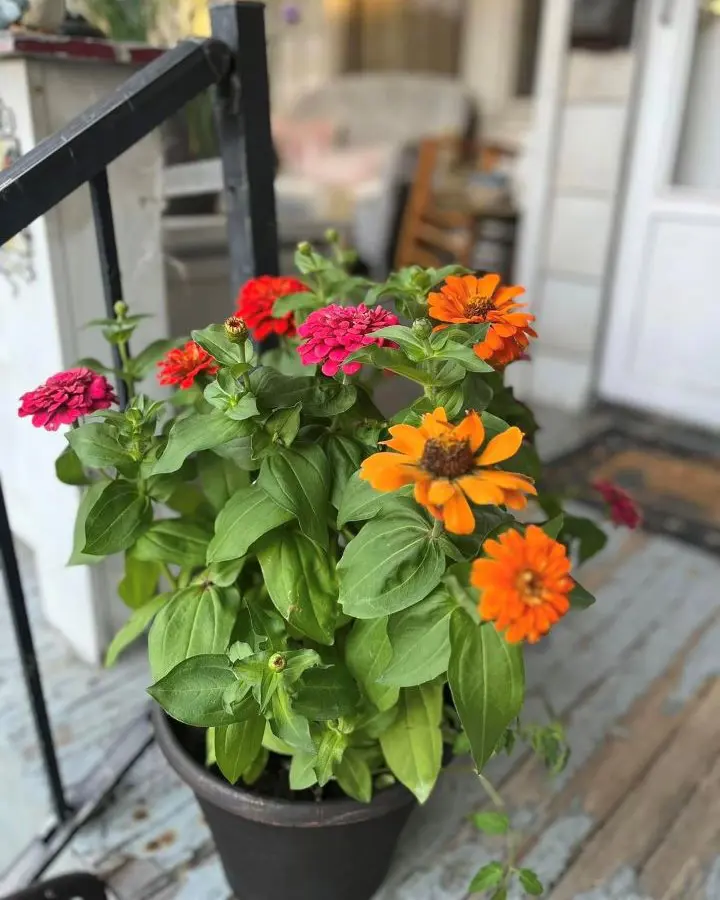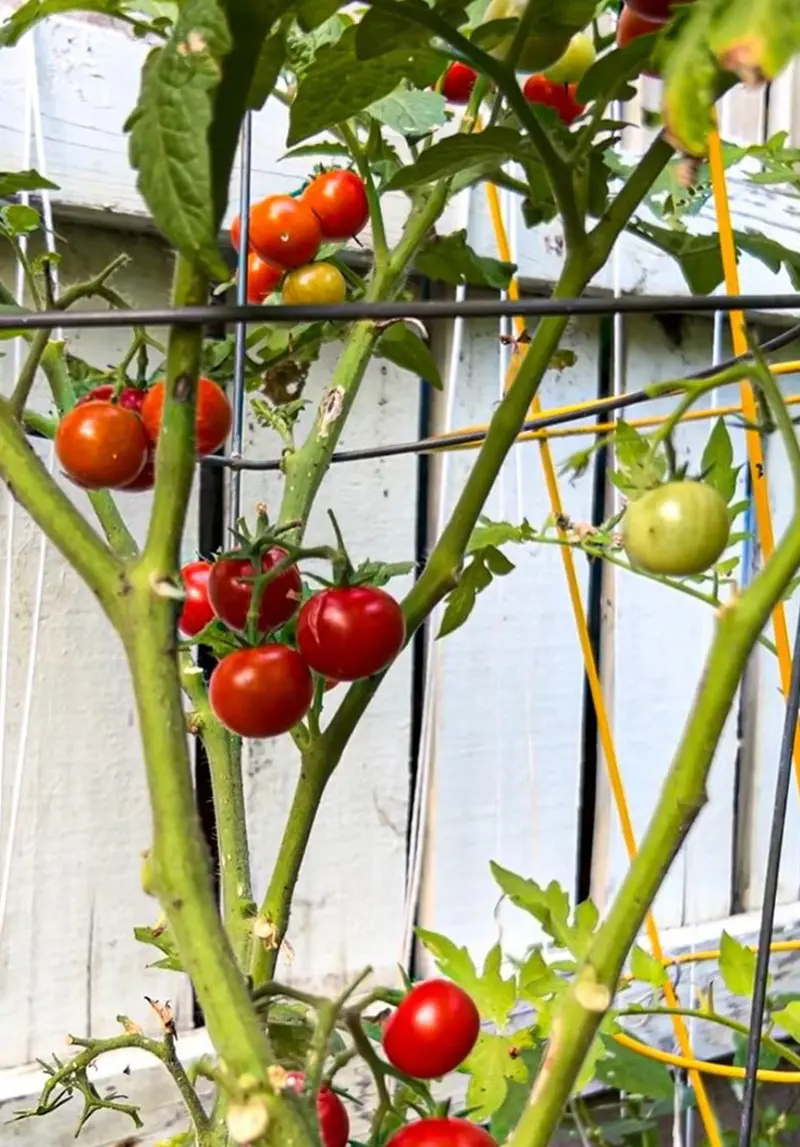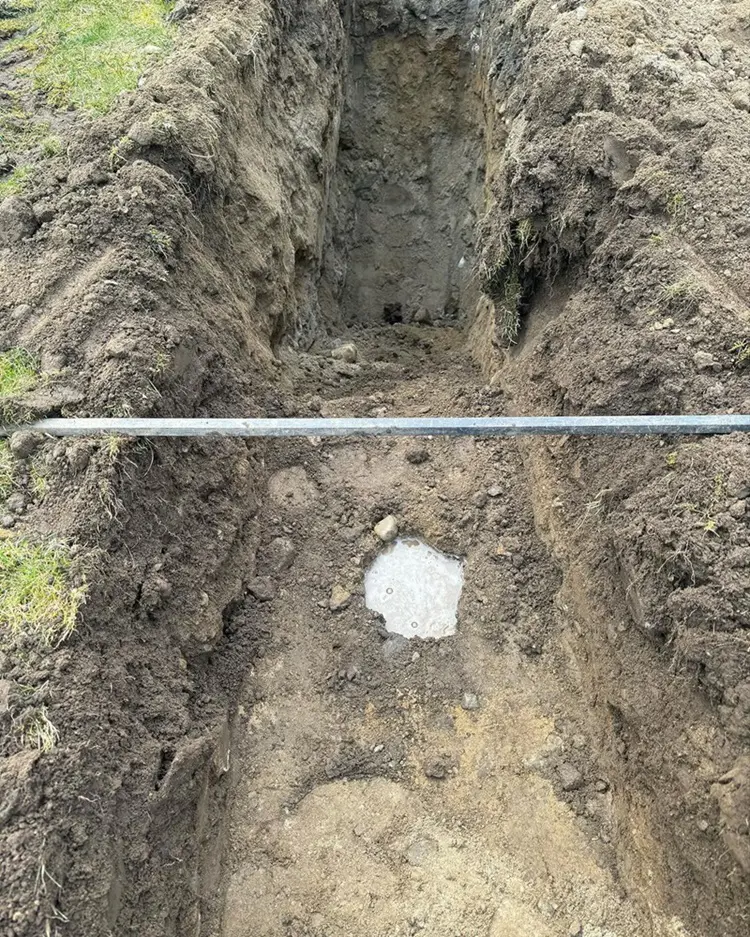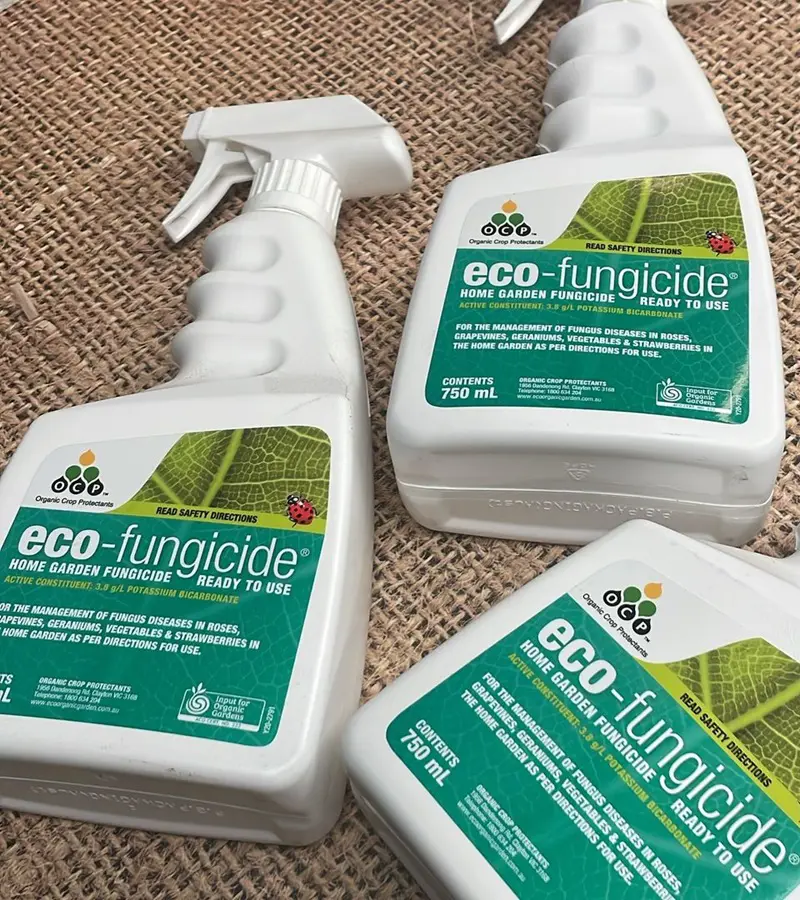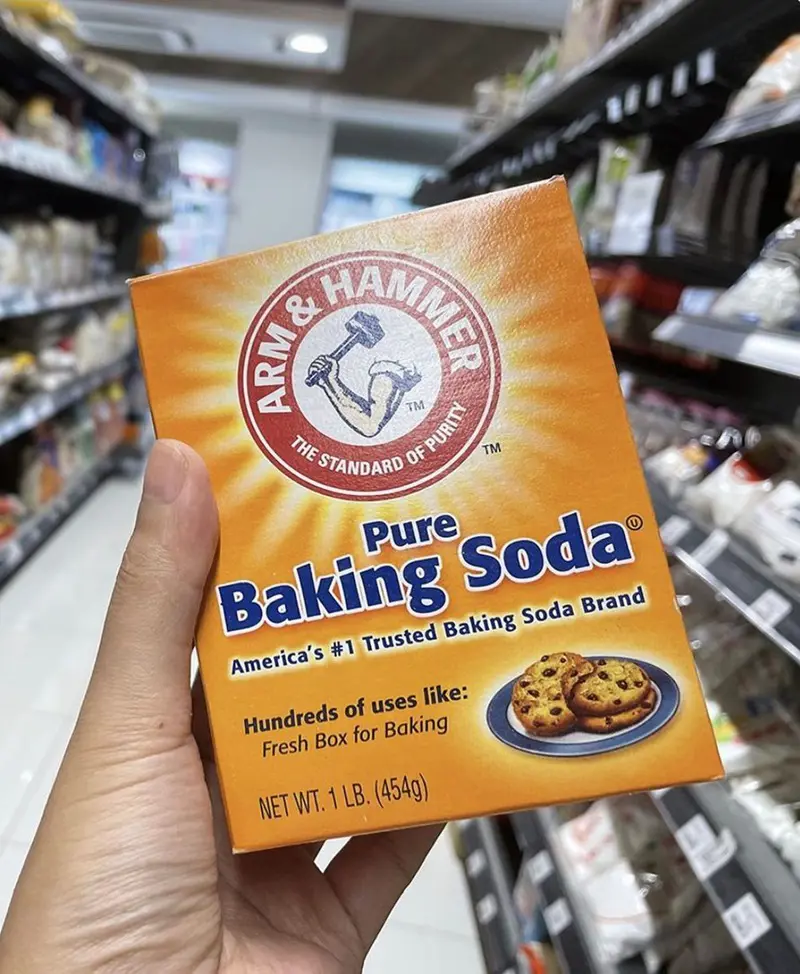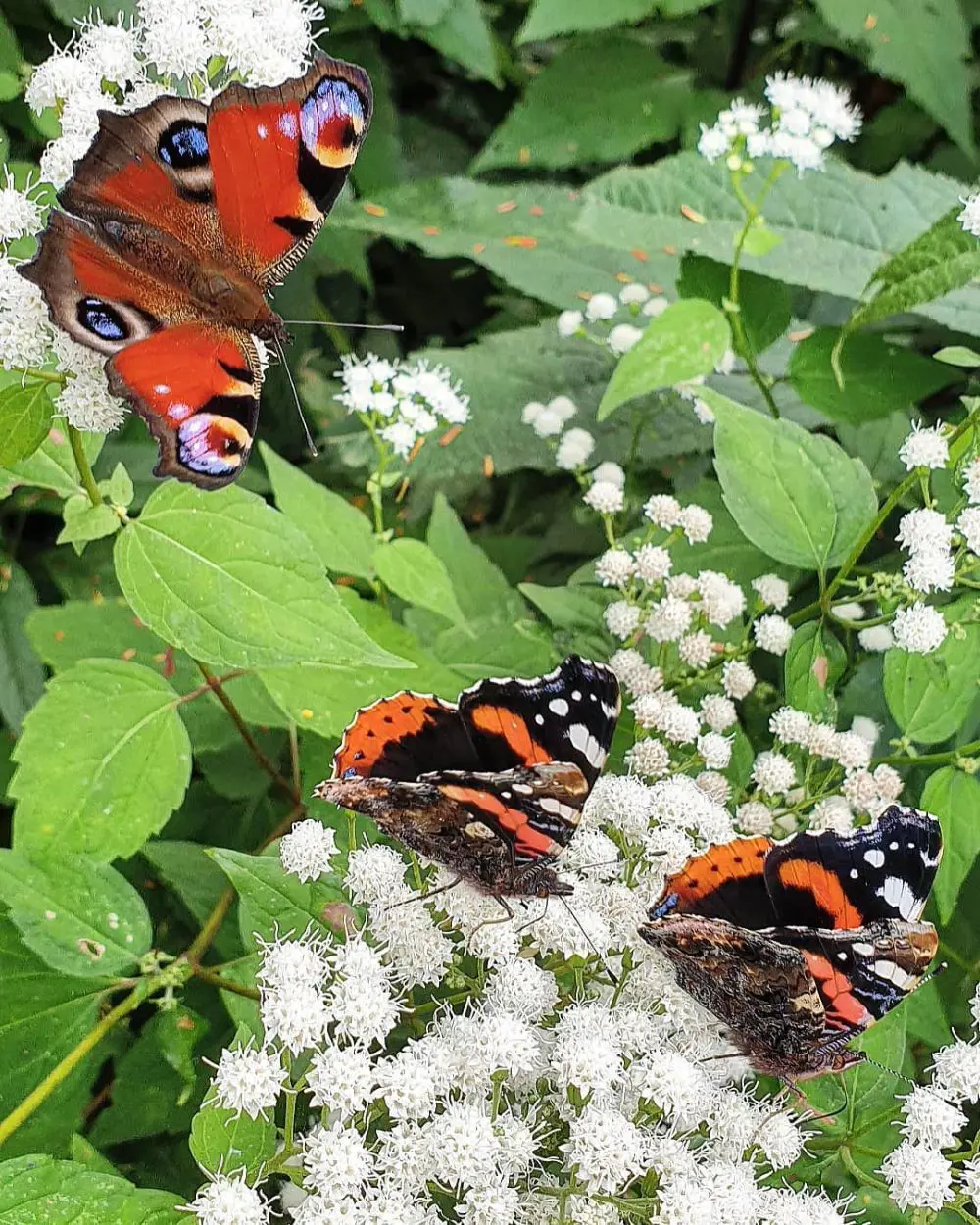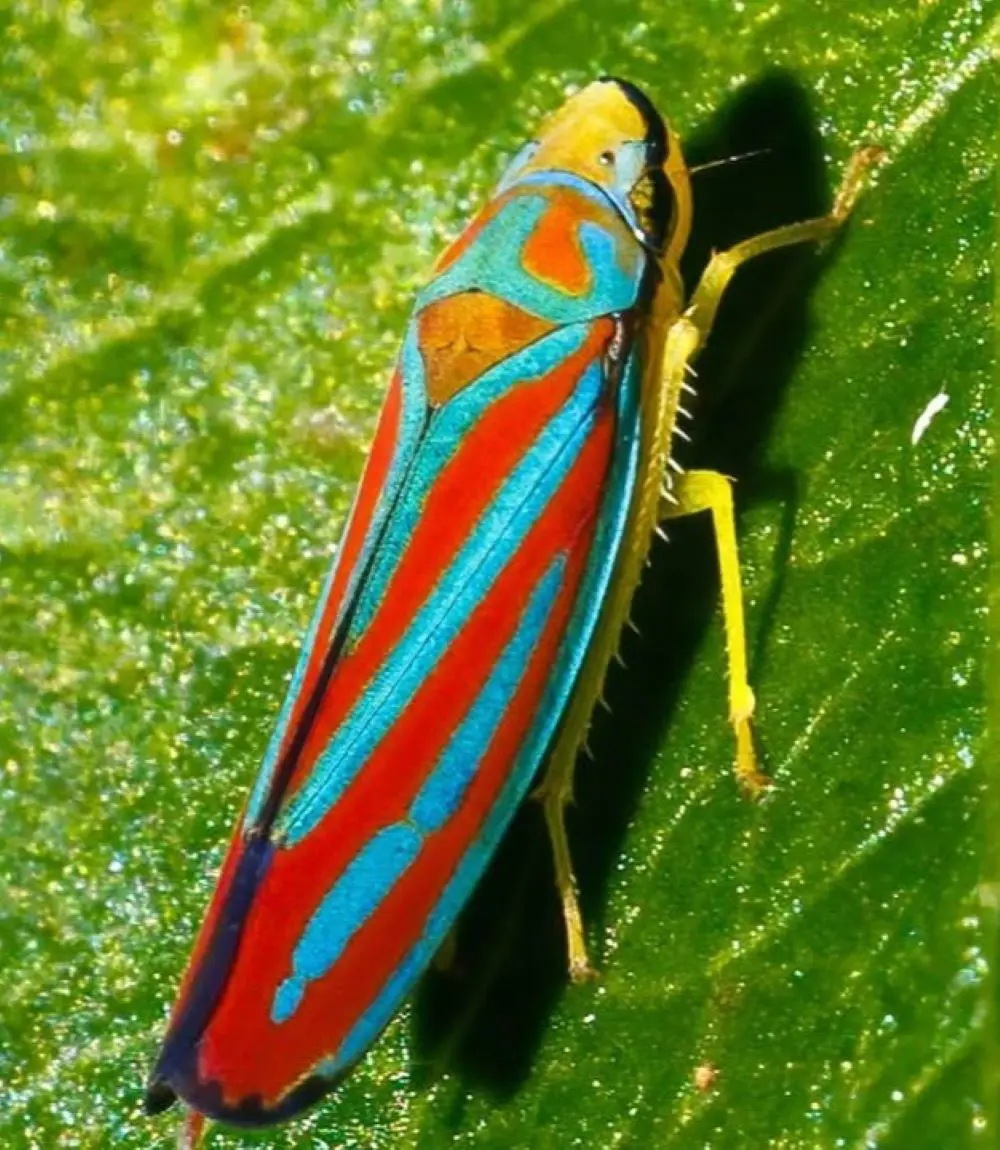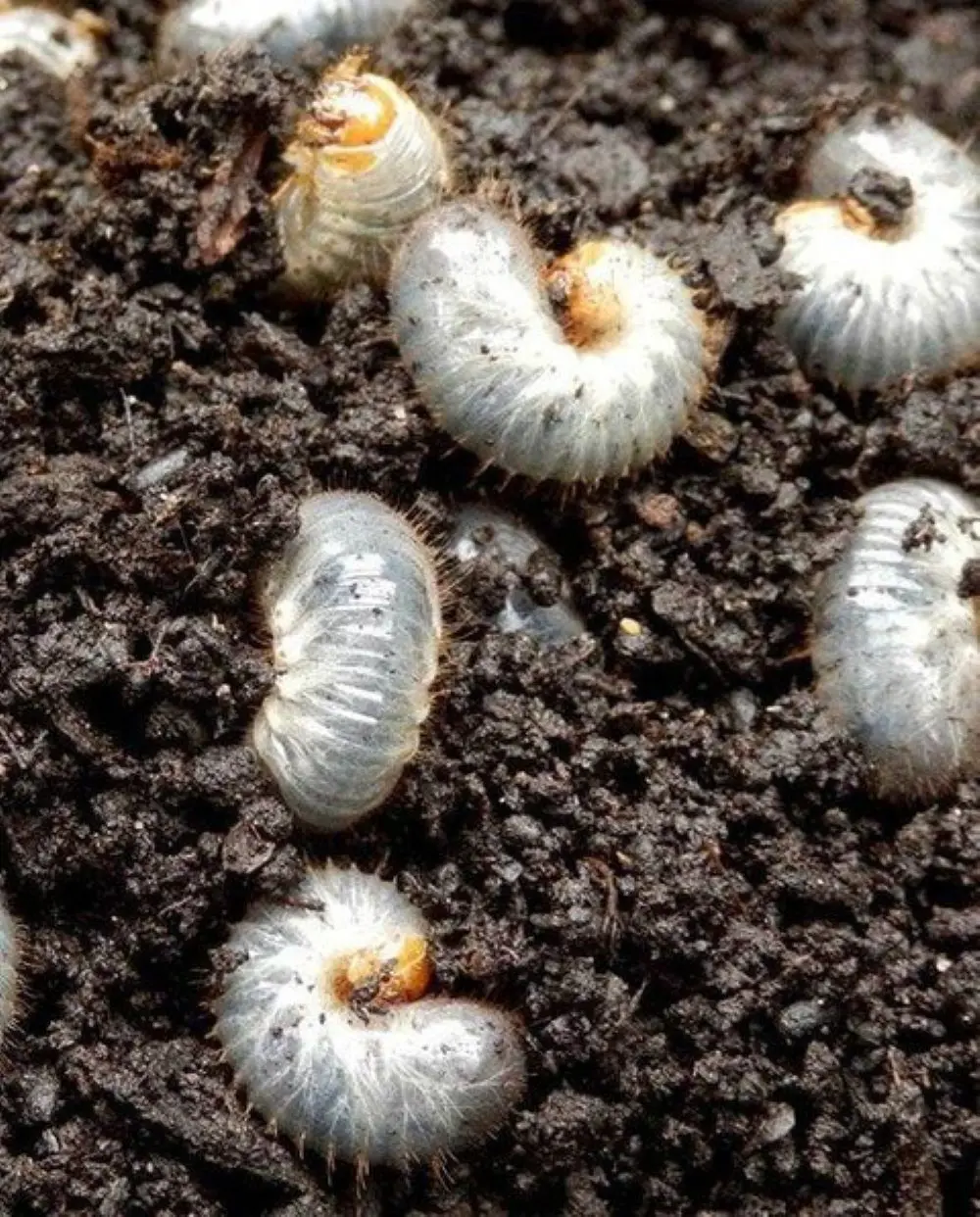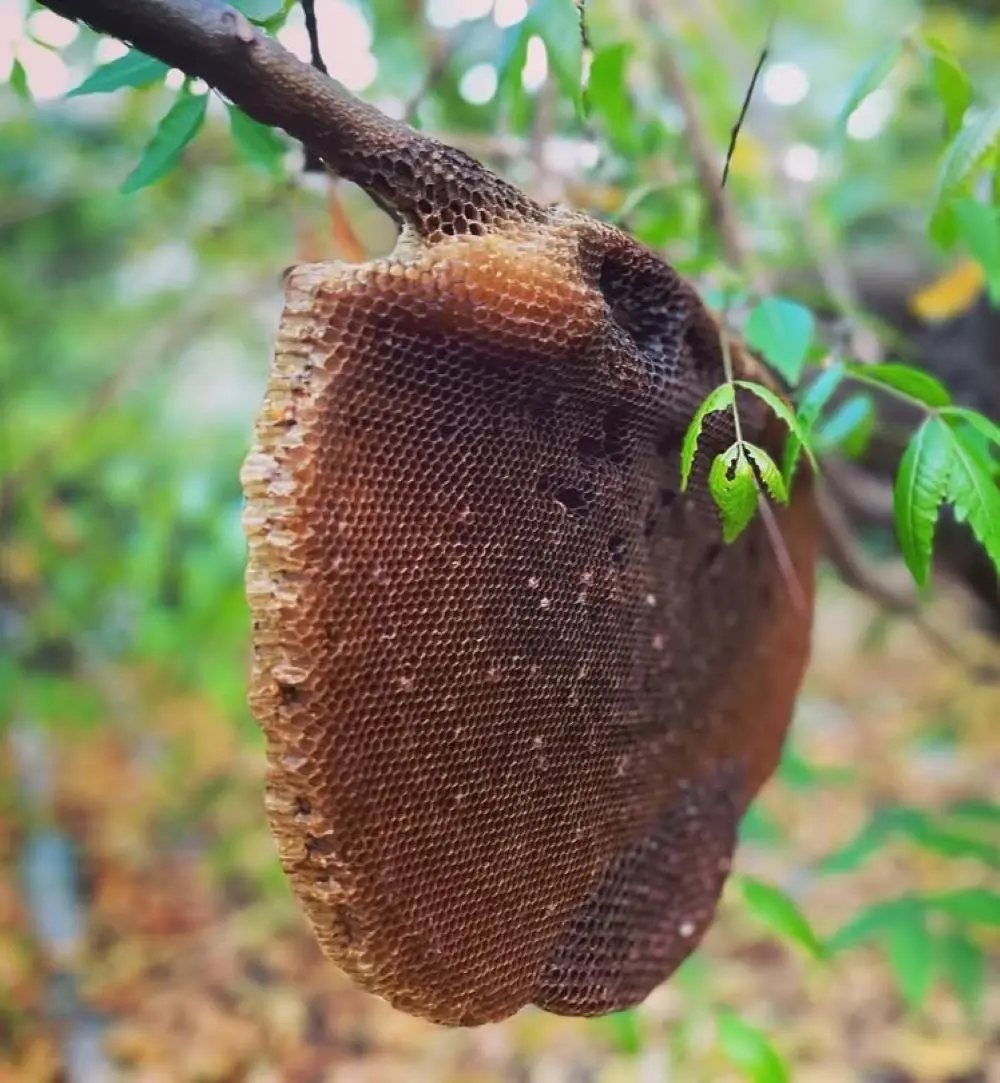How to Identify Powdery Mildew?
1. White, Powdery Coating
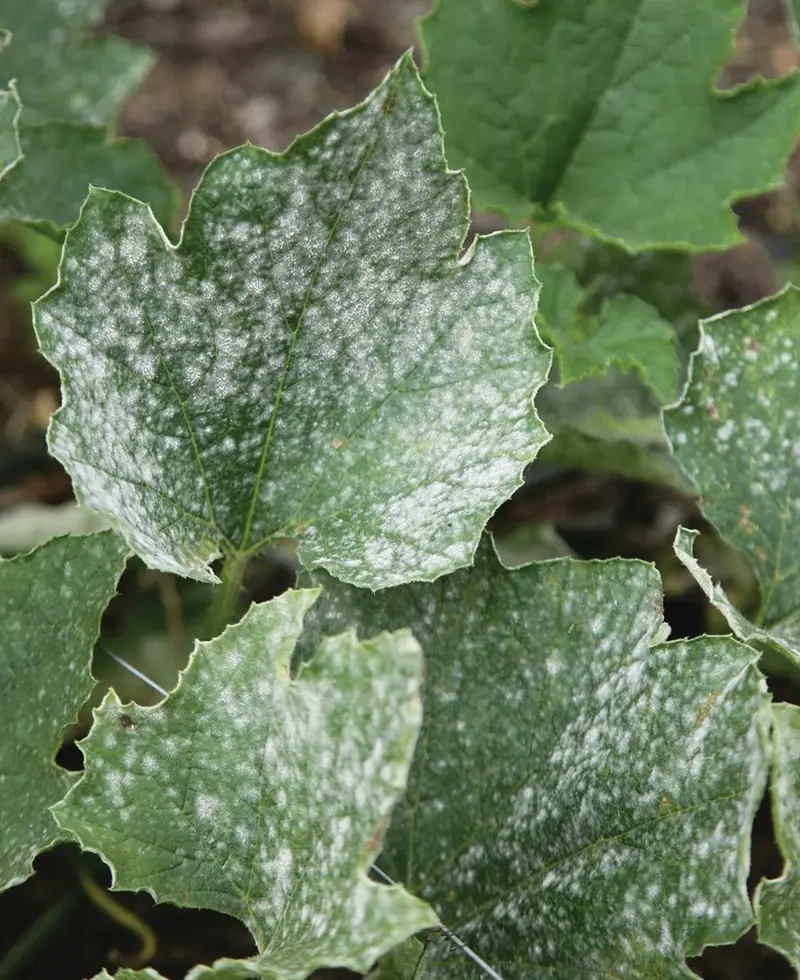
This is the most obvious sign. The infection starts with small, circular, powdery white spots on older leaves of your plant resembling flour.
Over time, the spots get enlarged to form an uninterrupted and dusty coating spreading upward to the younger leaves.
2. Leaf Curling and Distortion
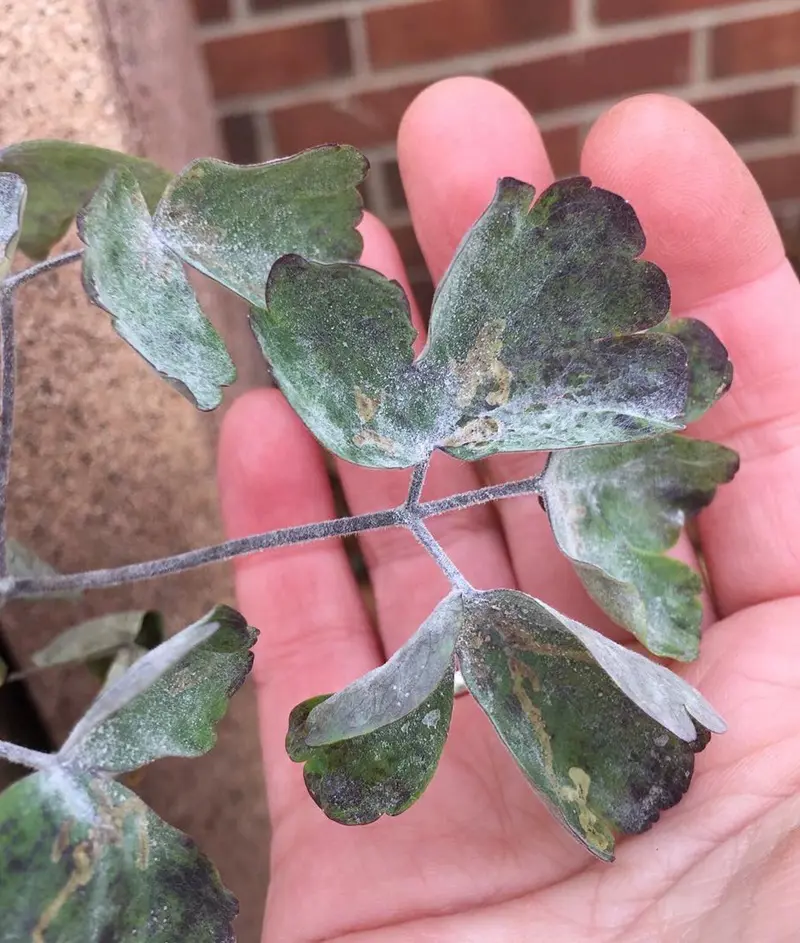
The mold sitting on top of the leaves damages the cells, altering their function and constantly feeding on nutrients and water.
After some period, the leaves may start to curl or distort, causing dehydration and tissue damage.
3. Yellowing leaves

When your infested plant is under attack from the plant mildew, its layer may block the essential sun rays from reaching the plant.
As a result, chlorophyll production and photosynthesis process deteriorate, compelling the leaves of the plant to change their color to yellow.
4. Stunted growth
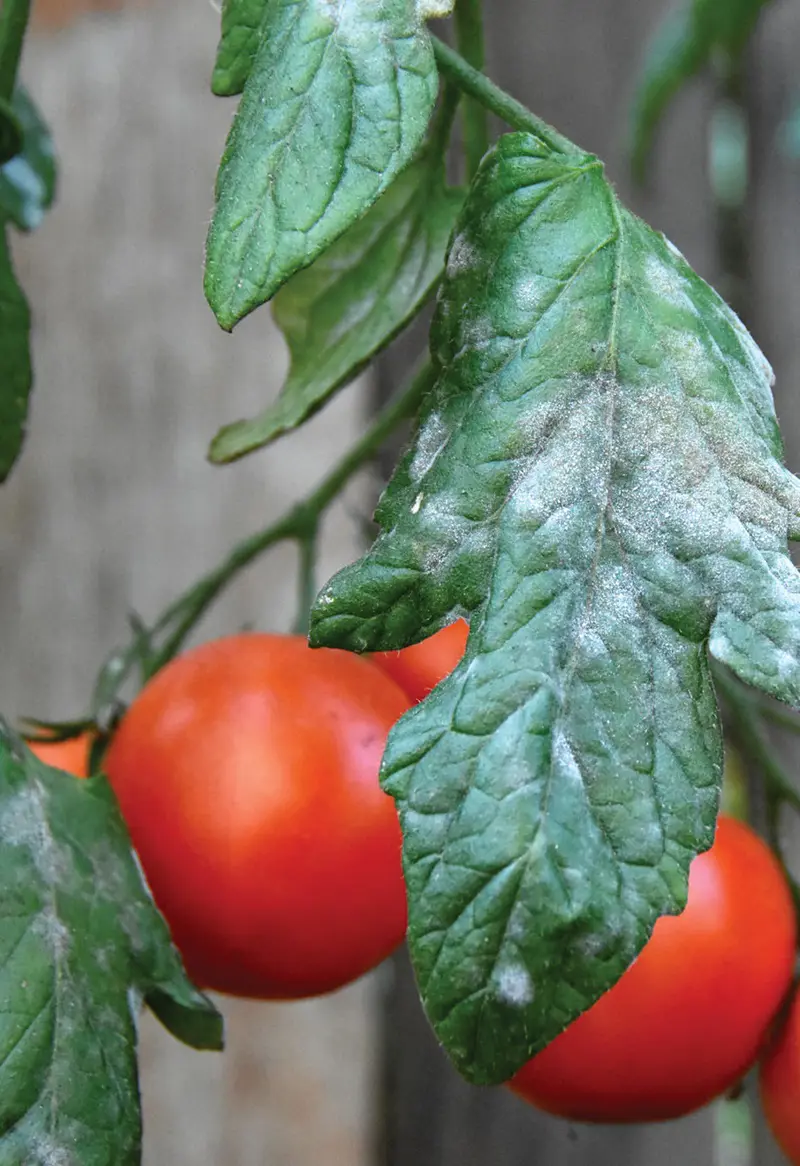
Powdery mildew affects the growth of the plant by hampering its root system, snatching all the essential nutrients, and damaging the cells.
Getting affected on all the crucial parts, plants cannot absorb the required elements from the roots, leaves, and stems, leading to stunted growth.
